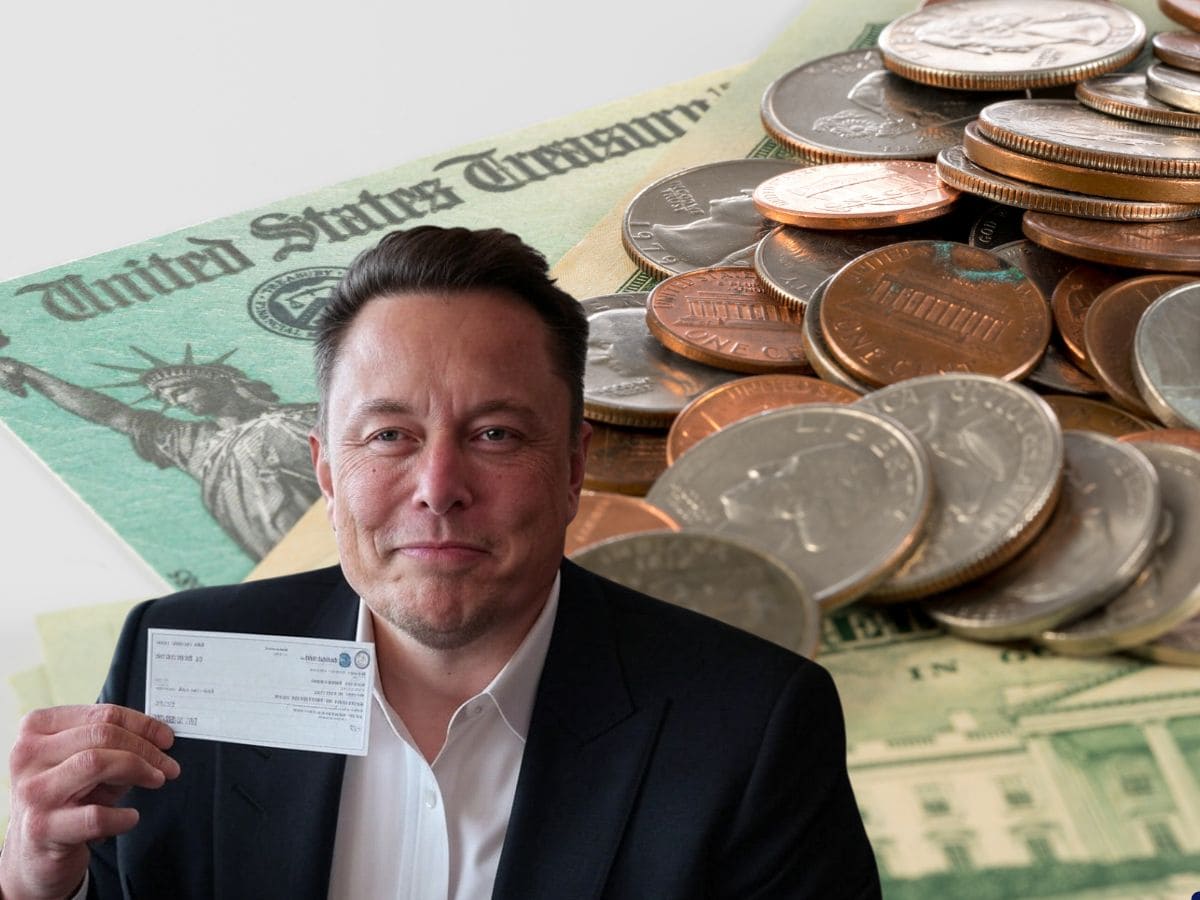The expected DOGE stimulus check, linked to the reduction of government spending, may not reach the initially proposed $5,000. James Fishback, CEO of Azoria Investment Firm and promoter of the plan, has pointed out that the final amount will depend on the actual savings obtained by the Department of Government Efficiency (DOGE).
This initiative, backed by Donald Trump and the director of DOGE, Elon Musk, seeks to return 20% of the cuts in public spending to taxpayers. However, uncertainty surrounding federal spending and the growing deficit raise doubts about the viability of these payments.
Although the proposal has captured public attention, the program is still in the planning stage. The figures initially announced are not guaranteed and could change depending on the evolution of the federal budget and the decisions of Congress.
How the stimulus check works DOGE
The aim of the program is to improve the efficiency of government agencies and reduce operating costs. It is estimated that $2 trillion could be saved in 18 months, which would allow $5,000 to be delivered to each contributing household. However, Fishback has acknowledged that these calculations are approximate.
If the savings are lower, the payments will also be reduced. For example, if only $1 trillion in savings is achieved, the check would drop to $2,500. With a cut of $500 billion, the amount would be reduced to $1,250 per household.
Challenges and prospects for the program
Despite the political backing, recent data from the Congressional Budget Office (CBO) shows that the expected savings have not yet materialized. Federal spending in February 2025 was up 7% on the previous year, contributing to a 5% increase in the national deficit. In addition, the government has requested $1.1 trillion in loans in the first five months of the tax year, which calls into question its ability to generate a surplus sufficient to finance the stimulus check.
For the program to become a reality, it must get congressional approval. In the best case scenario, payments would not arrive before 2026. Meanwhile, some legislators, such as Senator Ron Johnson, insist that the savings should be used to balance the budget before distributing them among citizens. For now, the implementation of the DOGE plan remains uncertain and will depend on how the economic and legislative landscape evolves in the coming months.








